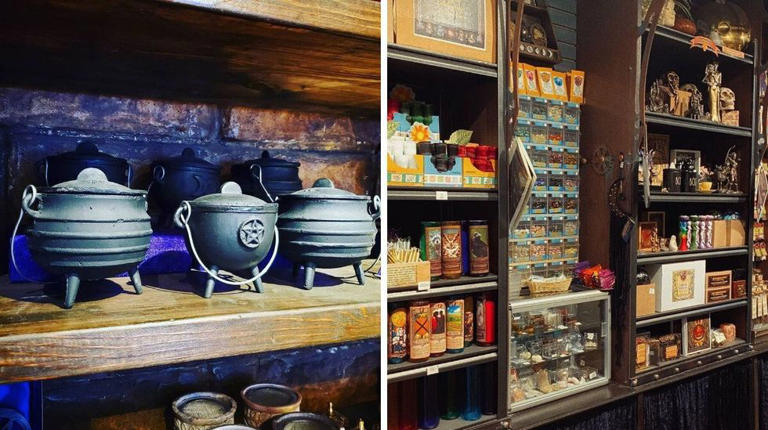MPs poised to decriminalise abortion in historic vote which will stop women who end pregnancies outside permitted circumstances being jailed
Story by Claire Ellicot Whitehall Editor •
Move would bring England and Wales into line with Northern Ireland
Abortion is poised to be decriminalised in an historic vote next month.
At present, women who end a pregnancy after the 24-week legal time limit and outside other permitted circumstances can be jailed.
But after a surge in police investigations polling suggests a majority of MPs think women should no longer be prosecuted for having an abortion after this point.
They will have the opportunity to vote according to their conscience on the matter next month, making it likely the law will be changed.
The move would bring England and Wales into line with Northern Ireland where abortion was decriminalised in 2019.

Labour MP Dame Diana Johnson (pictured) will bring an amendment to the Criminal Justice Bill to exempt women from prosecution if they have an abortion outside the limits© Provided by Daily Mail

A Department for Health source said Health Secretary Victoria Atkins (pictured) had made it clear abortion was a matter of conscience for MPs and she would respect the rights of individuals to make up their own minds© Provided by Daily Mail
The current law comes from the Offences Against the Person Act which was passed in 1861.
Labour MP Dame Diana Johnson will bring an amendment to the Criminal Justice Bill to exempt women from prosecution if they have an abortion outside the limits.
READ MORE:
It would not change the 24-week rule, and women seeking to terminate a pregnancy would still need to meet the conditions of the 1967 Abortion Act, which also requires the authorisation of two doctors.
Medical professionals who assist could still be prosecuted if the abortion does not meet the Act's rules.
However, women who end pregnancies outside these limits would no longer face criminal prosecution under the 1861 law.
The amendment has cross-party support, with polling suggesting less than one in four MPs back legal action.
It showed 55 per cent of MPs did not think women should be prosecuted for having abortions outside the time limit.
Only 23 per cent supported prosecutions, with the rest answering 'don't know', according to the YouGov polling for abortion provider British Pregnancy Advisory Service and shared with The Times.
Some 81 per cent of Labour MPs were in favour of decriminalisation, compared with 37 per cent of Conservatives.
There has been a rise in the number of women facing police investigation, with around 100 cases since 2019.
That surge has been partly attributed to the abortion 'pills by post' scheme, which was introduced during Covid for unwanted pregnancies up to ten weeks and involved just a telephone call with a medical professional to be prescribed.
Dame Diana told the Mail her amendment had support from six parties, including the Conservatives.
'Vulnerable women are being threatened with jail using a law from the Victorian era, which was passed before women even had the right to vote or sit as MPs,' she said.

The rise in the number of women facing police investigation has been partly attributed to the abortion 'pills by post' scheme, which was introduced during Covid for unwanted pregnancies up to ten weeks (stock image)© Provided by Daily Mail
'Parliament has moved on and society has moved on.'
Rachael Clarke, of BPAS, which is campaigning to change the law, told the Times there was 'support for change from both sides of the house'.
A Department for Health source said Health Secretary Victoria Atkins had made it clear abortion was a matter of conscience for MPs and she would respect the rights of individuals to make up their own minds.
Mother got pills in the post – and a jail term
Mother-of-three Carla Foster was given a 28-month jail sentence for illegally taking abortion pills to end her pregnancy during lockdown.
The 45-year-old from Staffordshire admitted to carrying out the abortion when she was between 32 and 34 weeks pregnant.
She was told she would serve half her sentence but the Court of Appeal reduced the term to 14 months suspended.
Judges called it a 'very sad case', which Dame Victoria Sharp said called for 'compassion, not punishment'.
Ms Foster was sentenced at Stoke-on-Trent Crown Court in 2020.
She got the pills by post after telling British Pregnancy Advisory Service staff she was seven weeks pregnant.
After she took them, emergency services received a call to say she had gone into labour.
The baby was born not breathing during the call and was pronounced dead about 45 minutes later.








